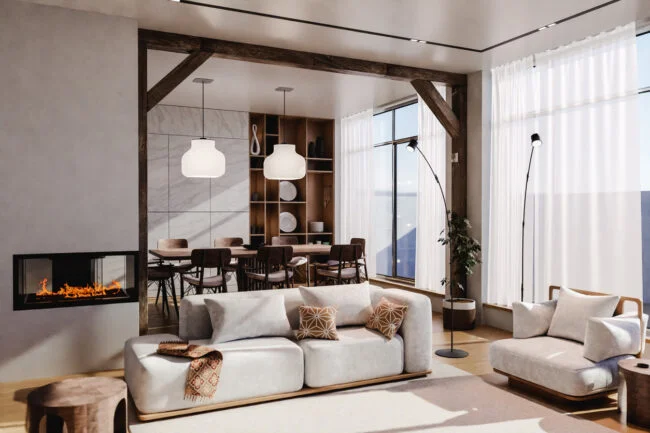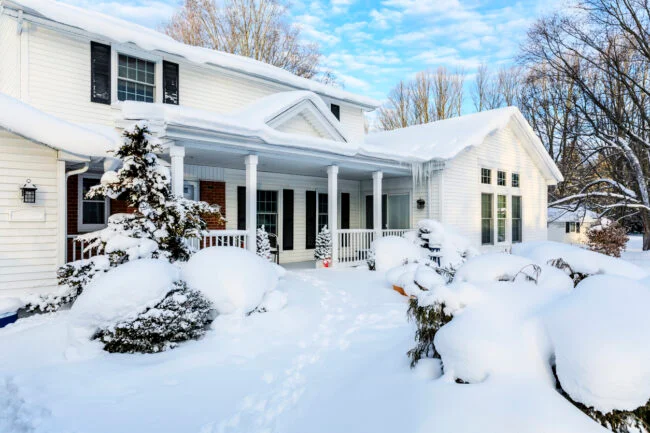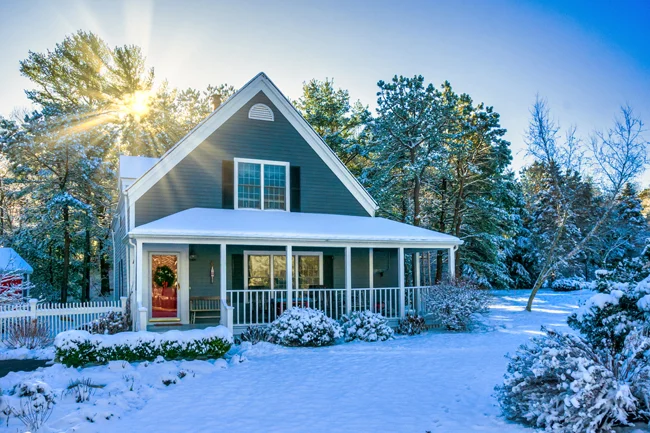Choosing the right orientation for a house is a critical decision for homebuyers and builders alike. While the real estate mantra emphasizes “location, location, location,” the orientation of a house significantly impacts its exposure to sunlight, heating and cooling costs, maintenance requirements, and overall living experience. This article explores the various considerations associated with different house orientations, shedding light on the benefits and drawbacks of each.
The Impact of House Orientation:
The cardinal direction a house faces plays a pivotal role in determining the amount of sunlight it receives. In the northern hemisphere, south-facing houses and windows are favored, basking in the maximum sunlight as the sun moves from east to west. The orientation also influences the distribution of radiant heat, with southern exposure aiding in winter warmth but posing challenges in summer.
Sunlight and Health Benefits:

Houses facing south or east enjoy ample natural light, a feature often sought after by homebuyers. This not only enhances the aesthetic appeal but also contributes to health benefits such as increased vitamin D absorption and the promotion of a healthy circadian rhythm.
Balancing Radiant Heat:

While a south-facing house captures radiant heat efficiently, it can lead to increased cooling costs during hot summers. On the contrary, north-facing homes may stay cooler in summer, reducing cooling expenses but receiving less natural light.
Considerations for Sun Damage:

Direct sun exposure, particularly in south-facing homes, can cause long-term damage to siding, roofing, furniture, fabrics, and flooring. Adequate budgeting and protective measures become essential for homeowners to combat the effects of sunlight.
Winter Challenges for North-Facing Homes:

In regions experiencing winter conditions, north-facing homes may encounter challenges like ice dams and slippery walkways due to the lack of direct sunlight. In contrast, south-facing homes benefit from the sun’s warmth, facilitating easier melting of accumulated snow and ice.
Influence on Interior Decor:

The orientation of a house can even impact interior decor choices. Rooms with varying light conditions may influence color and fabric selections, requiring thoughtful consideration by homeowners.
Landscape and Outdoor Spaces:
House orientation extends its influence to outdoor spaces and landscaping. The direction of the yard affects sunlight exposure, guiding the choice of plants and outdoor amenities like patios or swimming pools.
Aesthetic Considerations:

For homes situated in areas with picturesque views, proper orientation becomes crucial. Maximizing the visual appeal of the surroundings through strategic placement of windows and outdoor spaces enhances the overall living experience.
Conclusion:
In the quest for the perfect home, understanding and appreciating the implications of house orientation is paramount. Whether it’s the desire for abundant natural light, energy efficiency, or the enjoyment of scenic views, the direction a house faces shapes the daily living experience. Prospective homeowners and builders can make informed decisions by weighing the benefits and drawbacks of each orientation, ensuring a harmonious balance between comfort, aesthetics, and practicality.
image source : istockphoto










